Before crafting your cold email, thoroughly research your recipient’s pain points. Understand their unique challenges and struggles.
Why?
Because then you can include content that answers them.
Dive into social media posts, explore relevant online forums, and stay up to date with industry news.
Personalize your message in a way that resonates with their needs.
Your email recipient is busy. So keep your intros short.
Introduce who you are and what you do. Then, dive straight into the meat of your cold email.
Your recipient shouldn’t feel like they’re one of many people to get a cookie-cutter email.
Take the below email:
The recipient isn’t addressed by name, there’s no personal reference, and worst of all, the pitch isn’t relevant to the business.
Your value proposition—how your offer benefits the email recipient—is crucial.
Clearly state what the recipient gains from accepting your pitch. You’ll be most effective when you tie your value proposition to their pain points.
For example: Let’s say you want a backlink from a blogger.
That blogger’s biggest pain point might be driving traffic to their blog posts. A value proposition you include in your email could be an offer to share their blog post in your next newsletter. They’ll get more traffic in exchange for your ask.
Bottom line: Help your recipient understand how they’ll benefit by helping you.
By the time your recipient is done reading your email, it should be super clear what you need from them.
Should they click a link? Book a time to meet? Email you back?
Spell it out with a clear call to action (CTA).
It helps if you include just one CTA.
And make it super easy and simple for the recipient to do. If you want them to visit a landing page, provide just one link, not three. If you want to schedule a meeting, suggest a time and ask them to simply email back yes or no.
A well-designed email signature adds a professional touch to your cold email.
It can also help you build trust and a human connection with the recipient. Increasing the chance of response.
Include the following elements:
Social media links
Headshot
Name and job title
Business information and logo
Contact details
You want people to open your email. For that, you need a clear and compelling subject line.
Here are a few tips:
Make sure your email is readable.
Long paragraphs and large walls of text are overwhelming to read.
Introduce white space by breaking up paragraphs and trimming long sentences. It makes emails feel more approachable and makes it easier for recipients to scan.
When asking for links, make it as easy as possible for the recipient to add your link to their piece.
Rather than expect them to write additional copy to add your link, give them existing text they can use as anchor text—the text for the link.
And reiterate why it’s important to add your link in. For example, if they’re a company who values their readers, mention how adding the link will improve user experience.
Track each cold email you send so you can follow up at an appropriate time.
The number of follow-up emails you should send varies. We advise waiting three to five business days between messages. And we suggest stopping at three (i.e., first follow-up, second follow-up, final follow-up). With only three, you can avoid irritating the recipient.
Make sure to modify your message each time you send one. It might help if your emails get shorter each time. The recipient can always scroll down to earlier messages for additional information. Your goal is to capture their attention.
You don’t need to worry about low response rates with our expert-crafted cold templates.
Each template is flexible enough to personalize and make it your own.
With the right strategy, cold emailing can be a big help in attracting quality leads for your business.
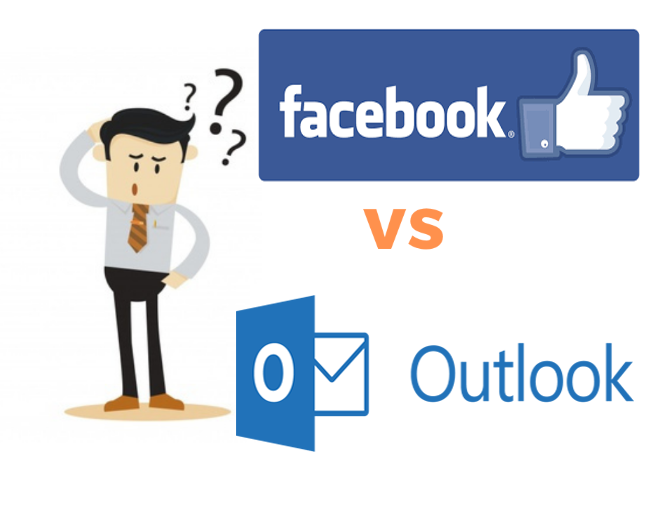
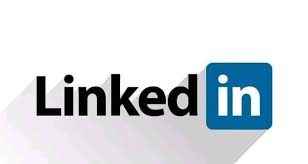
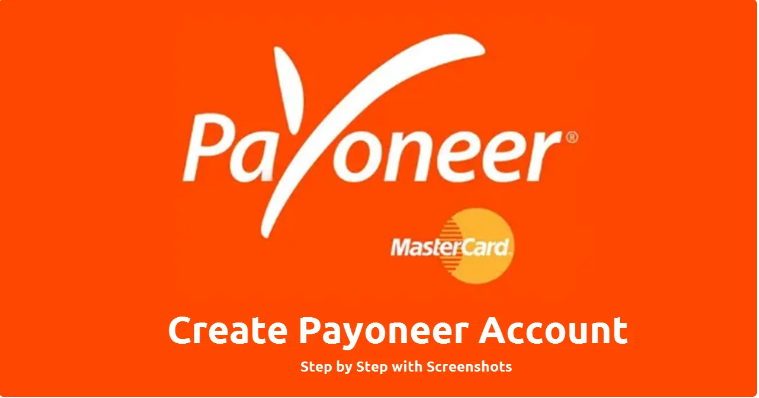
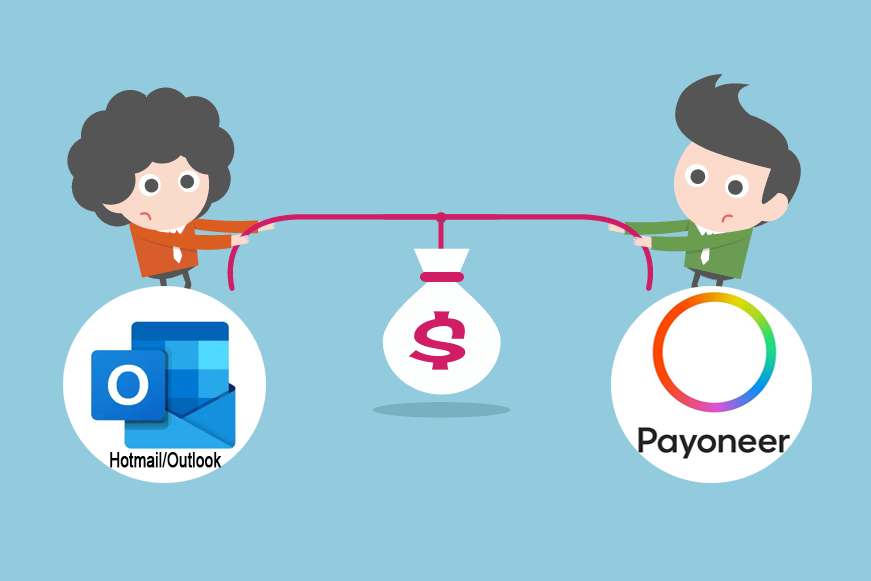
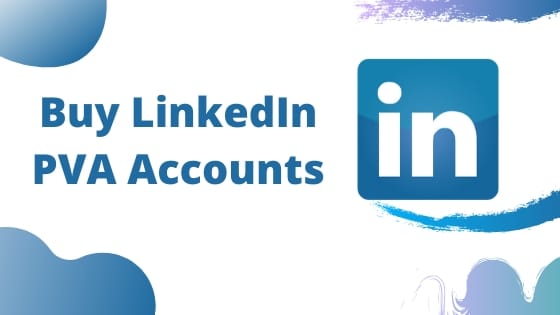
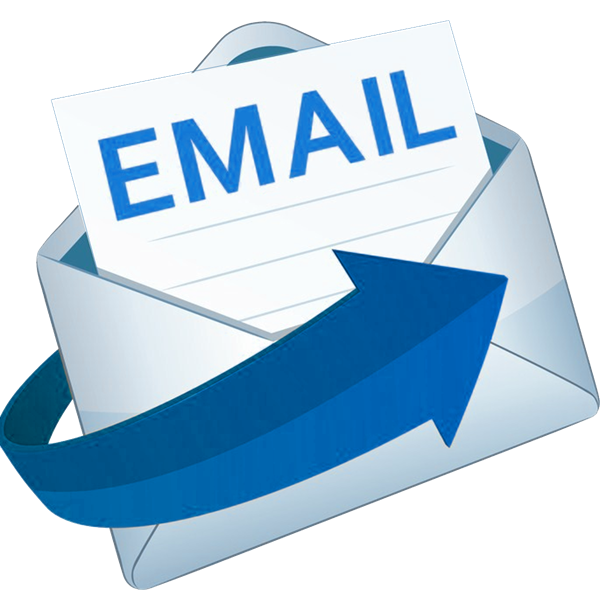
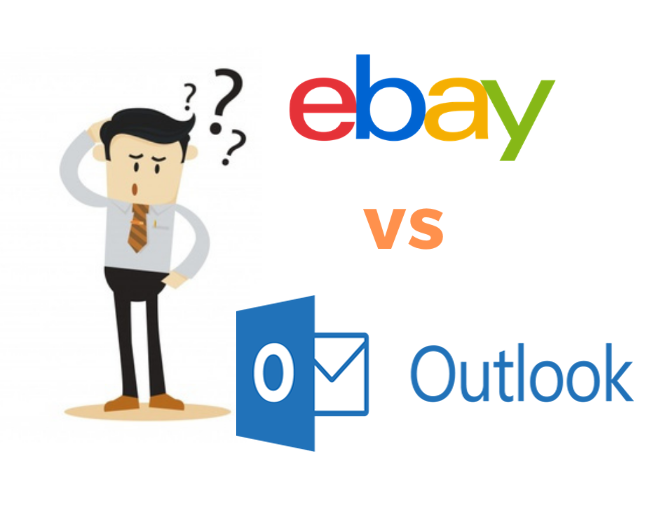

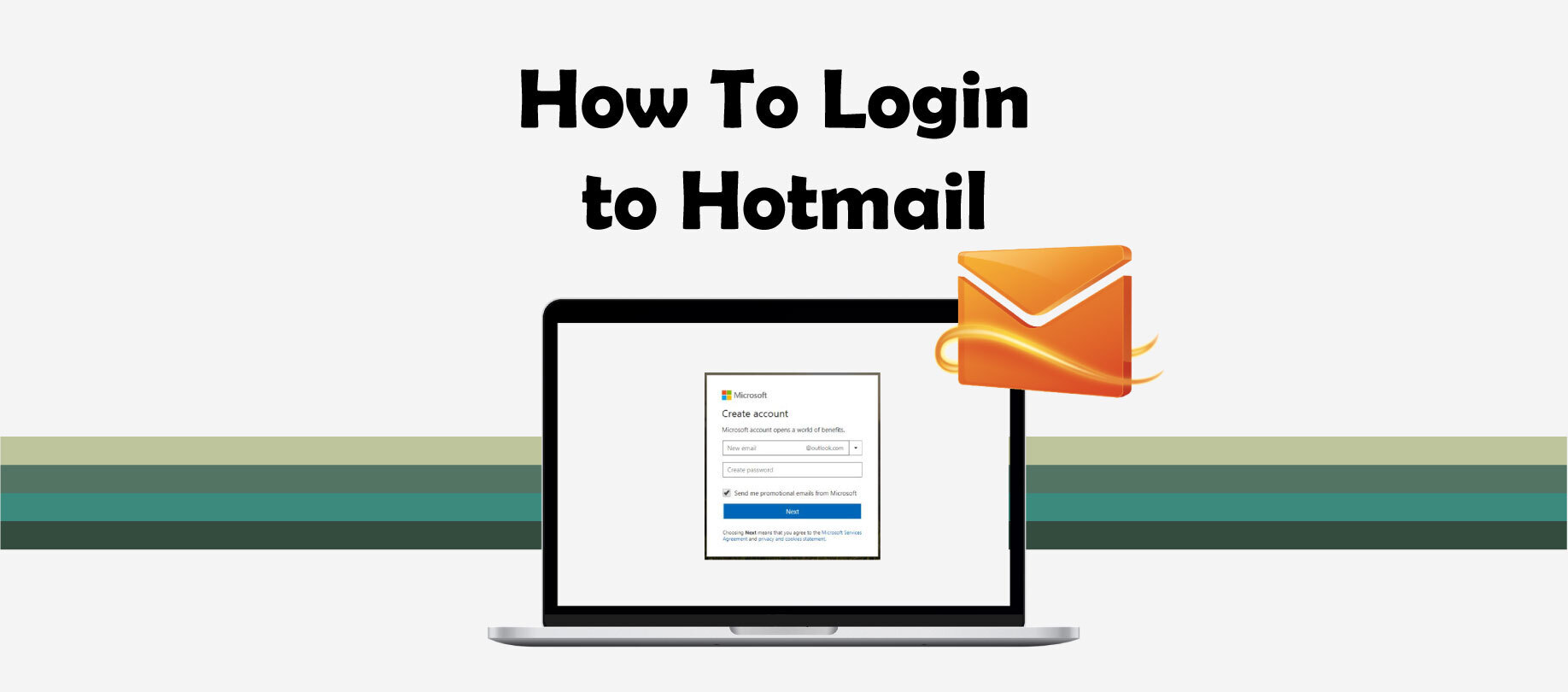
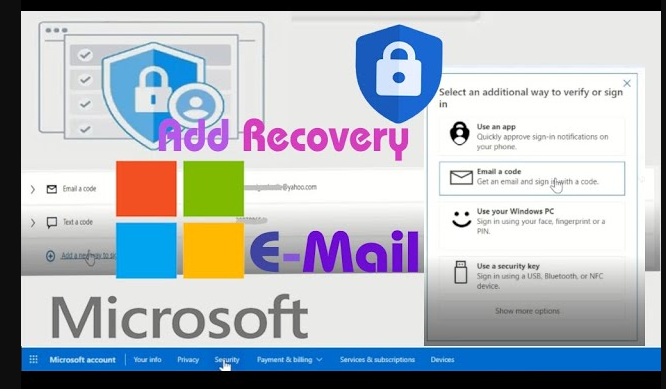
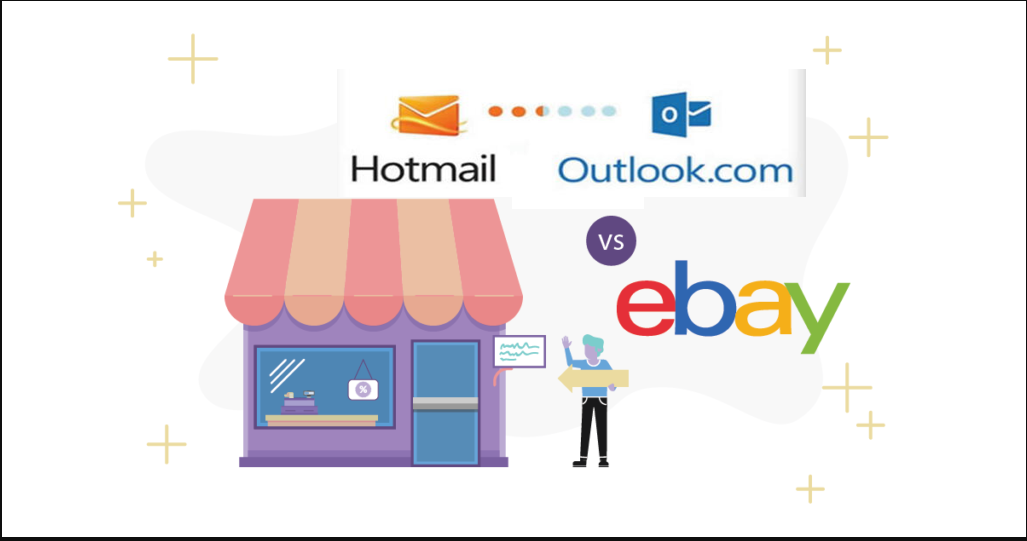
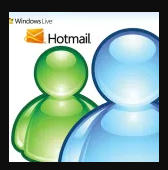
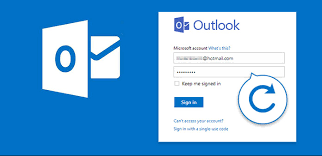
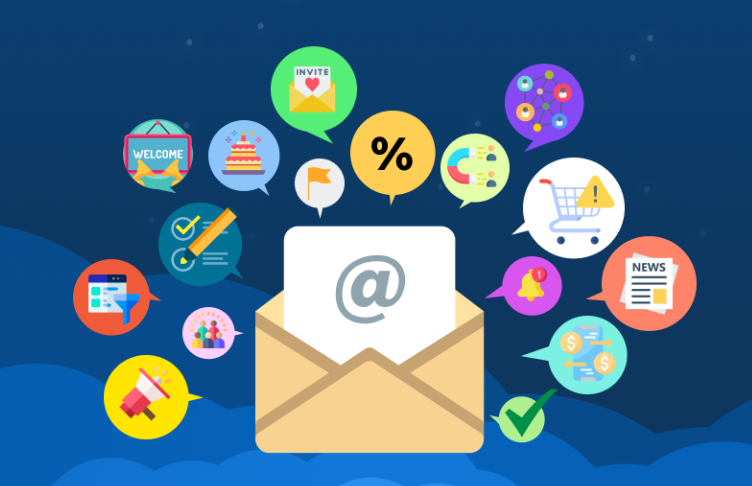
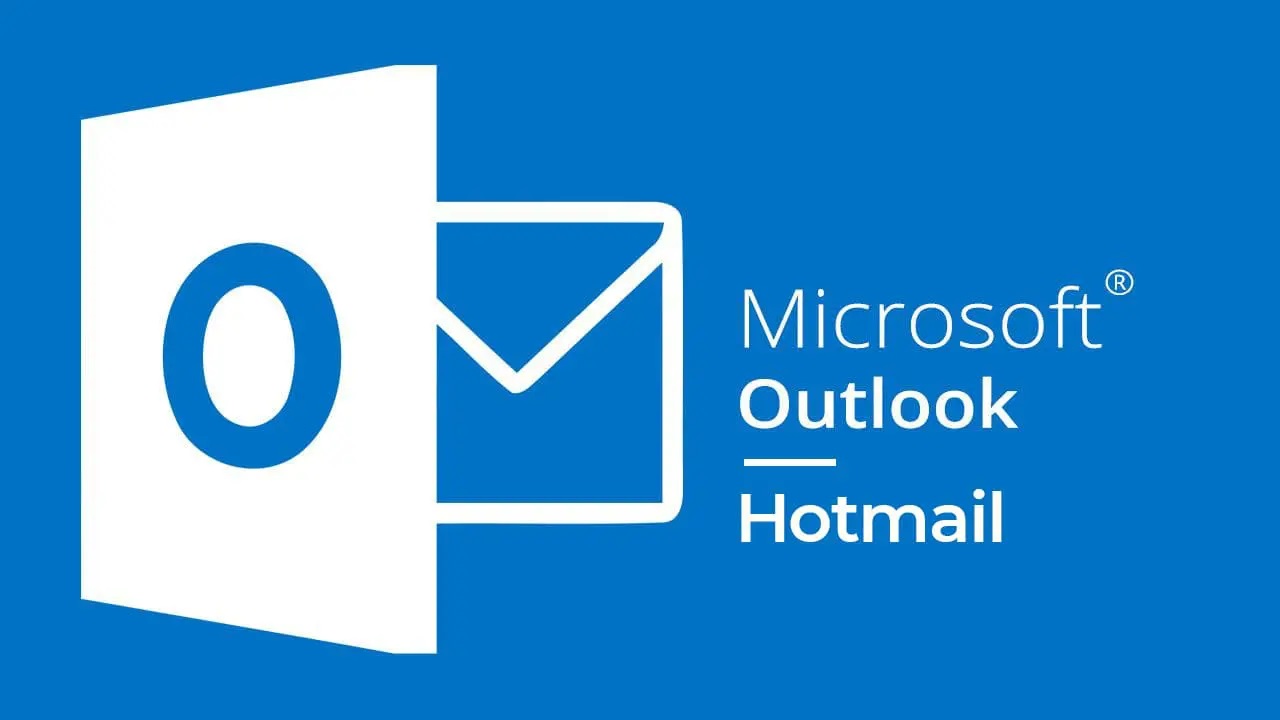
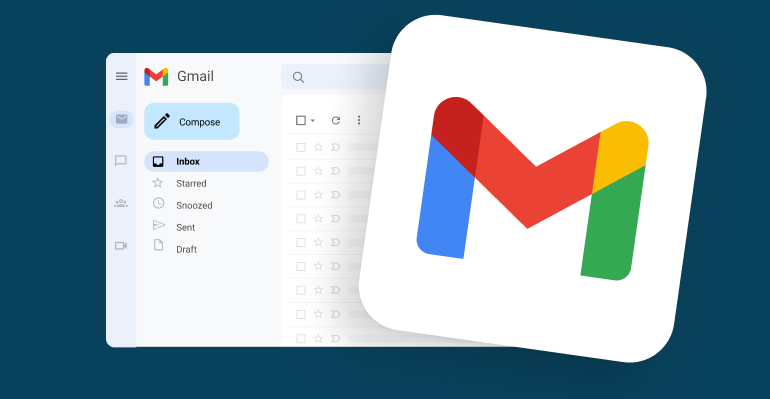
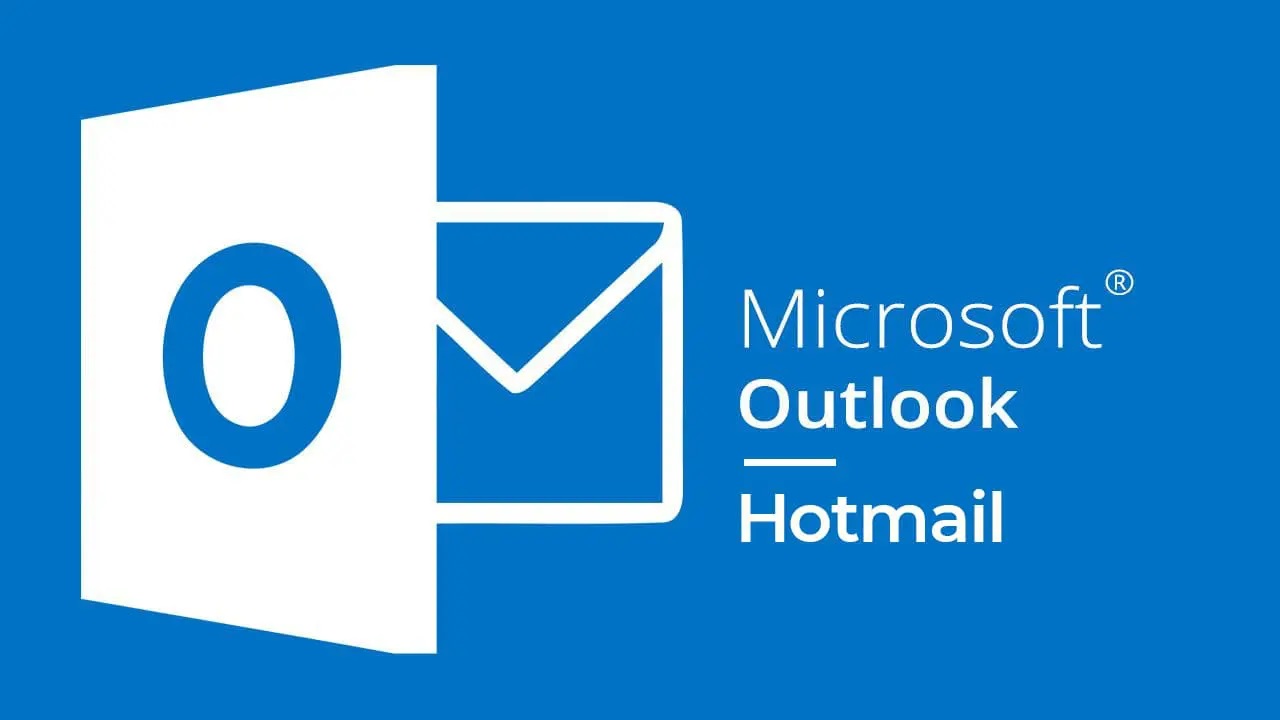
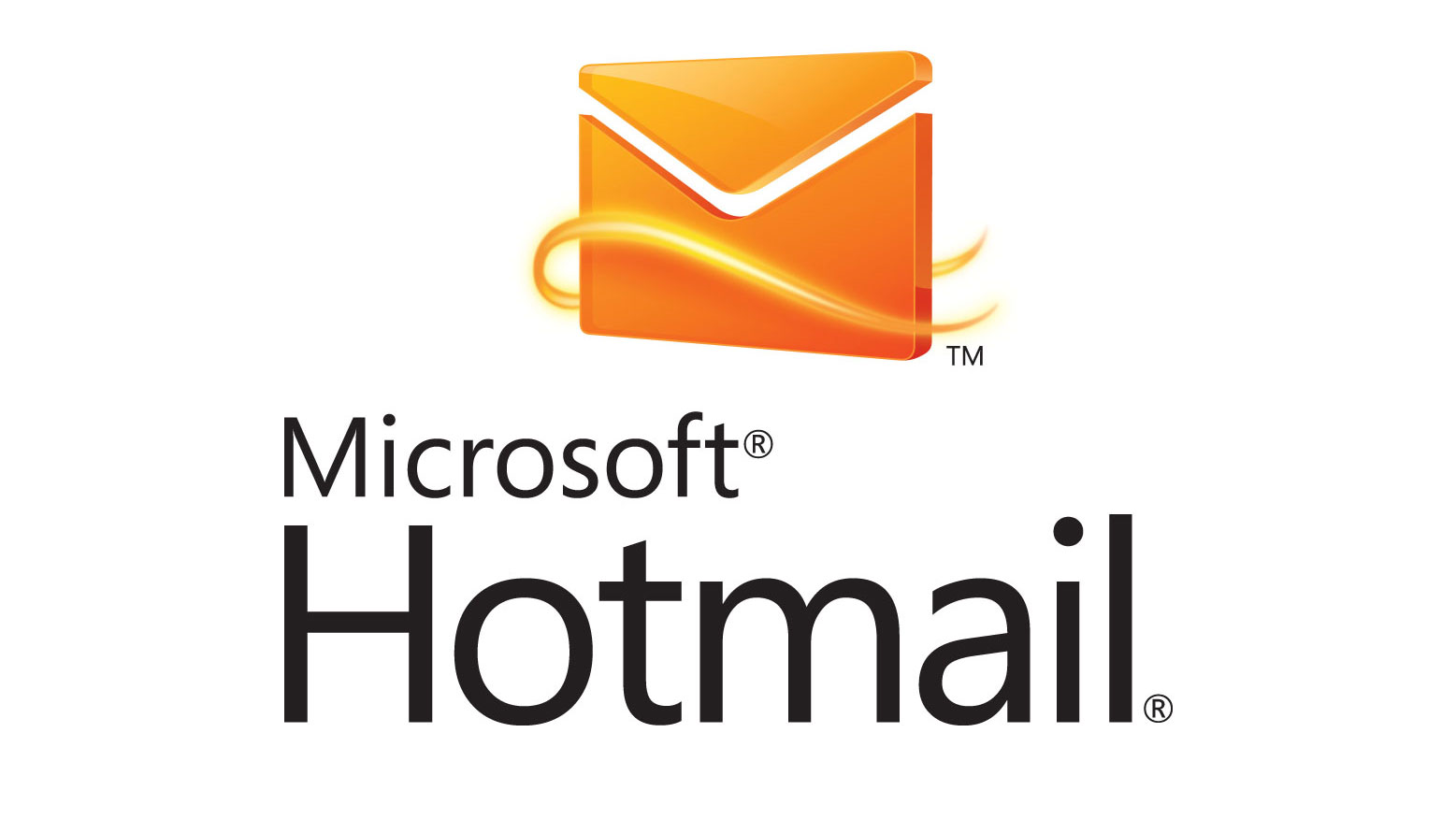

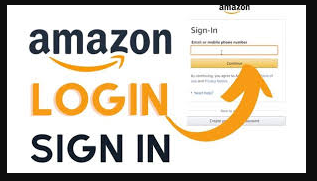
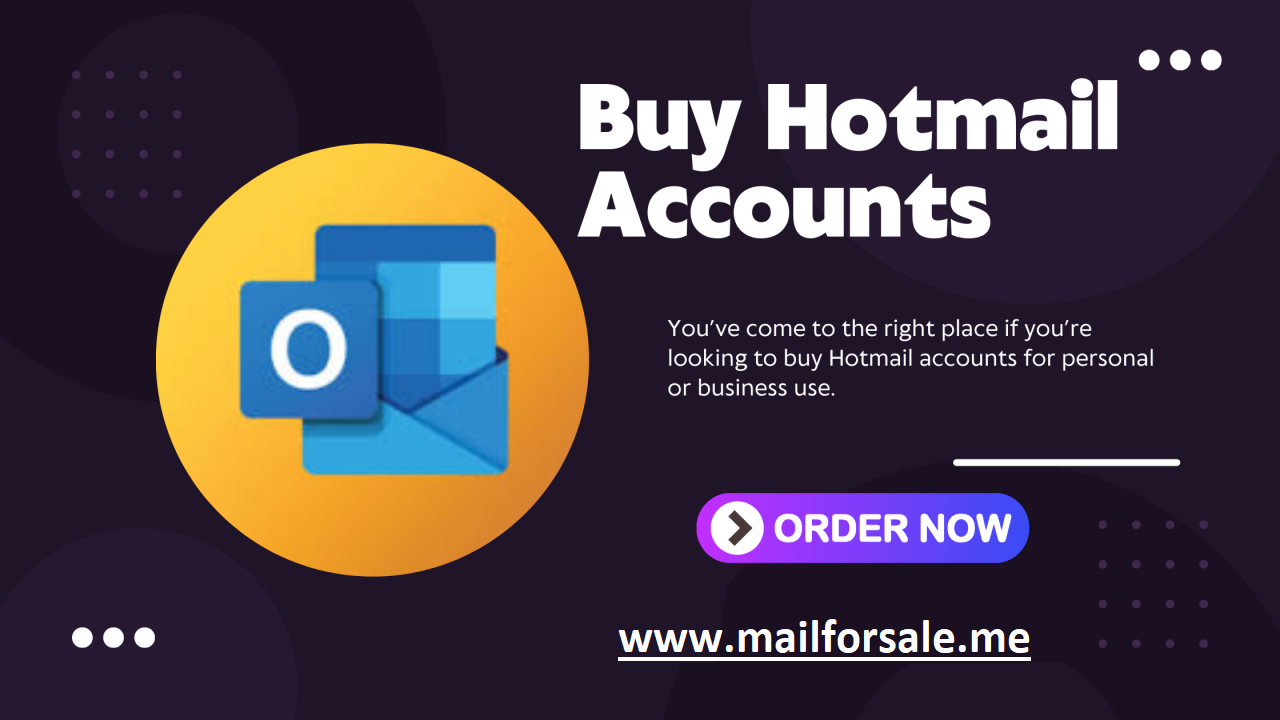



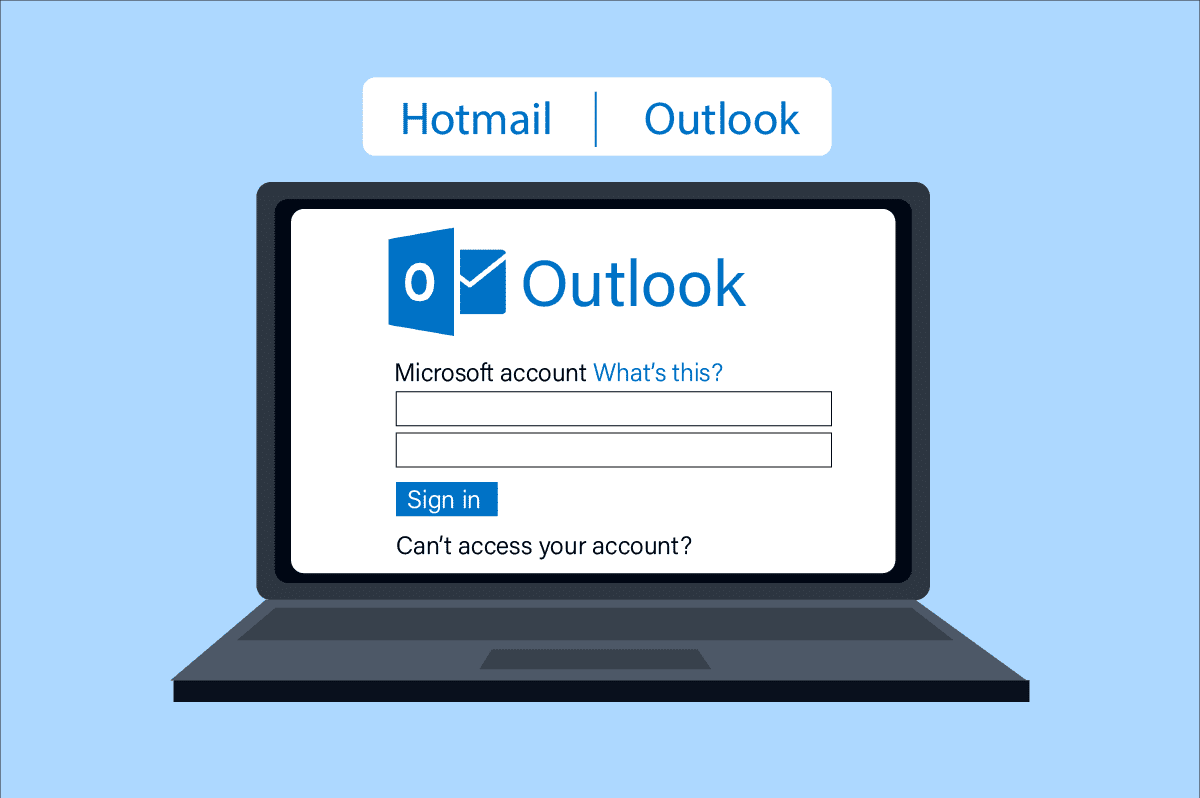

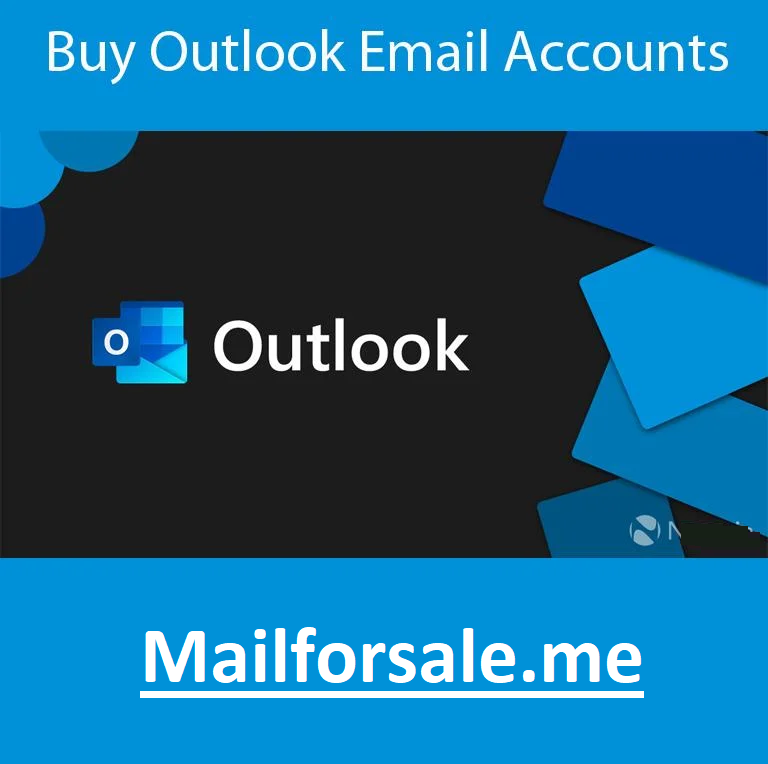
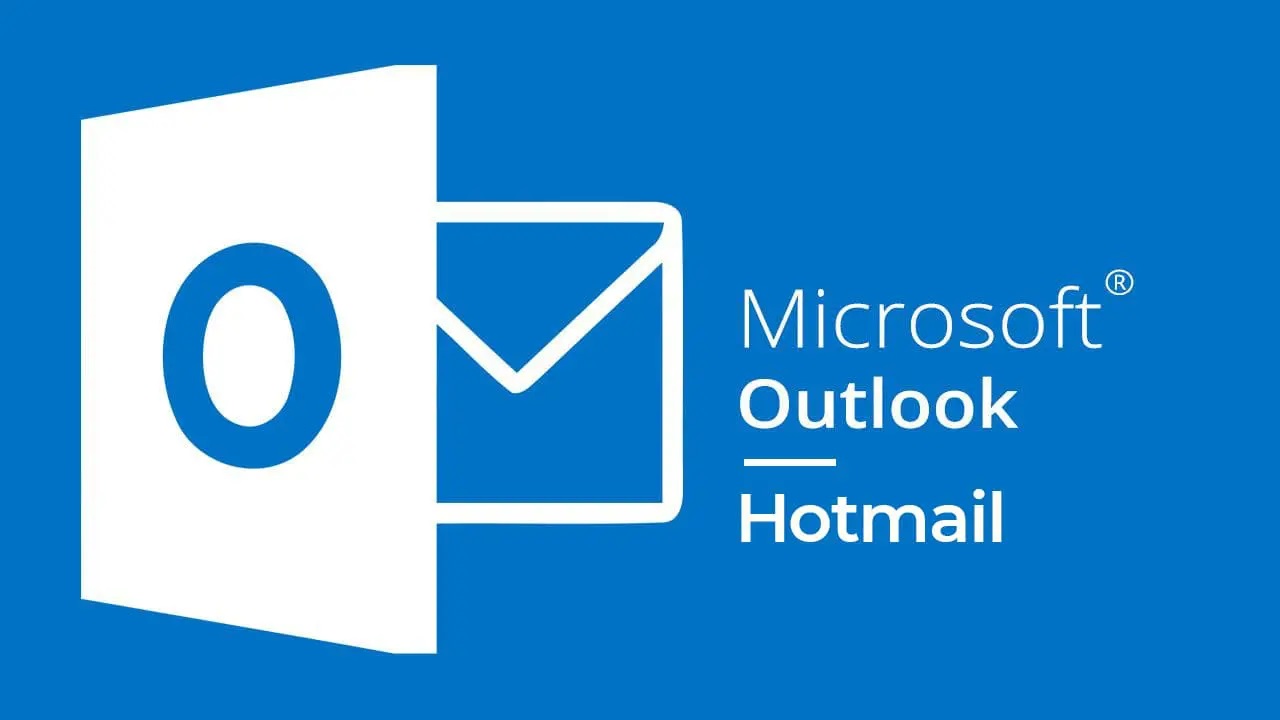
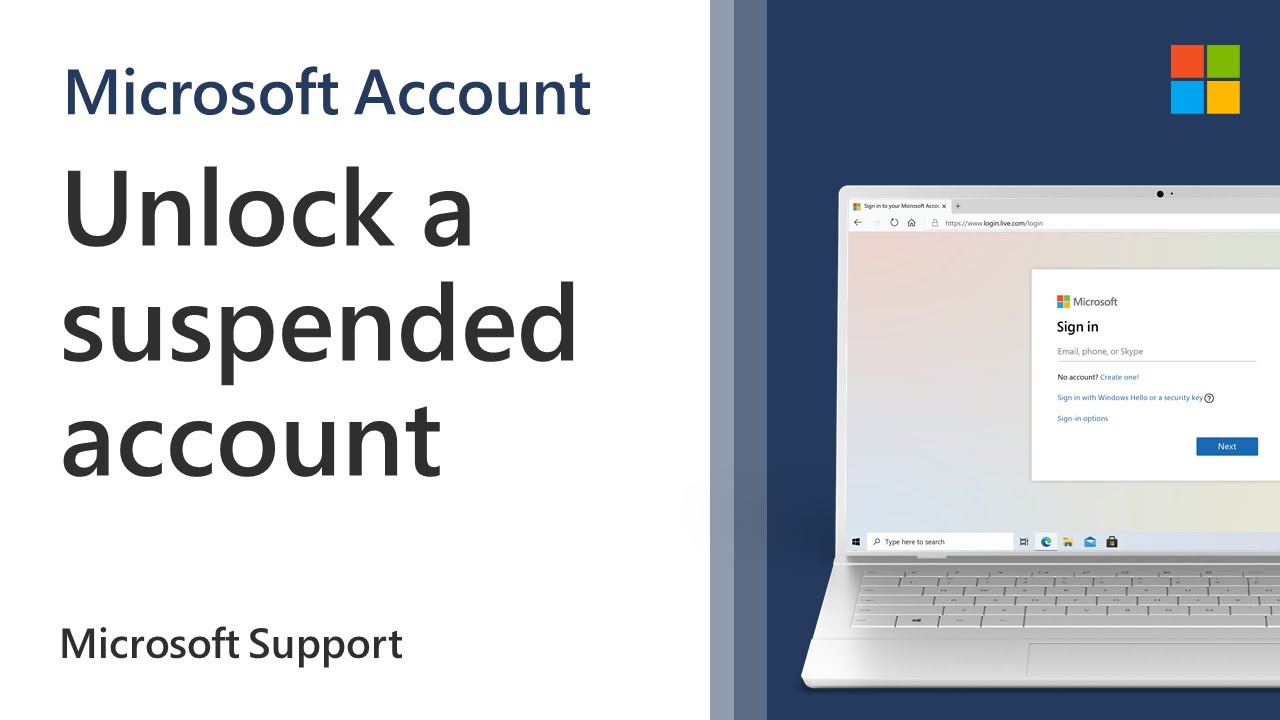

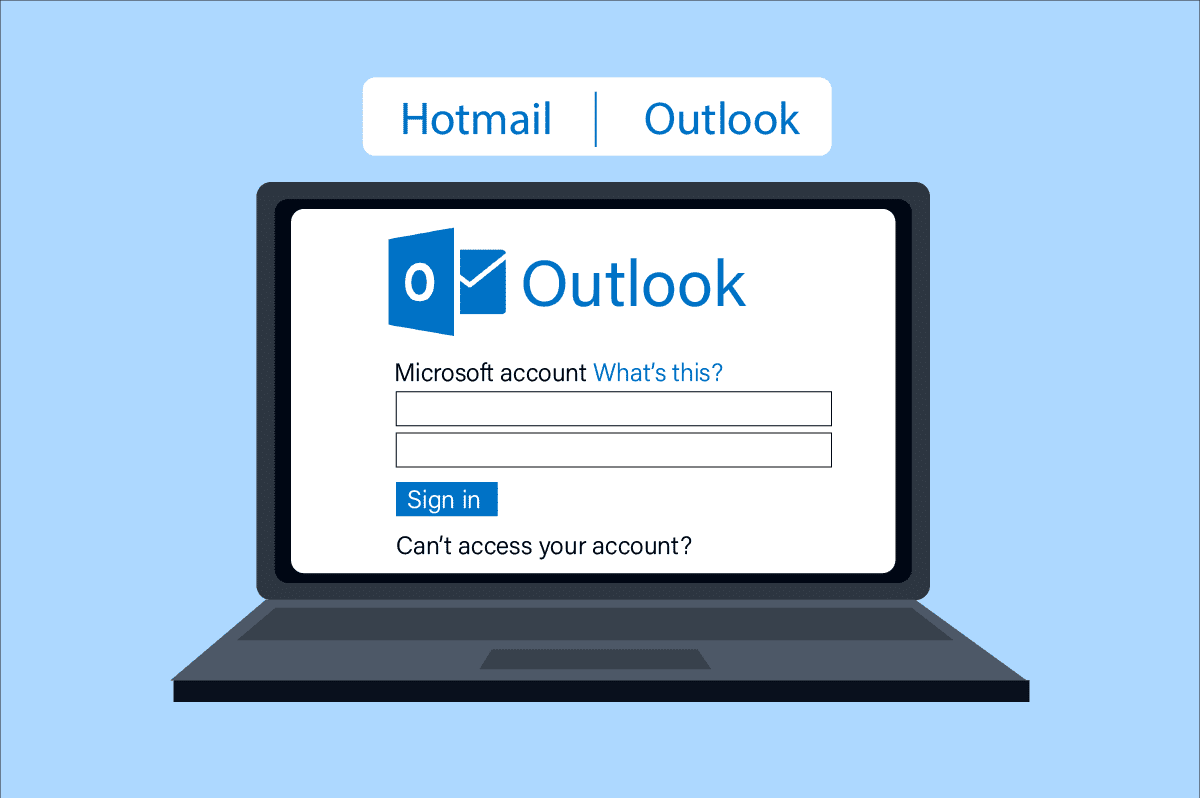
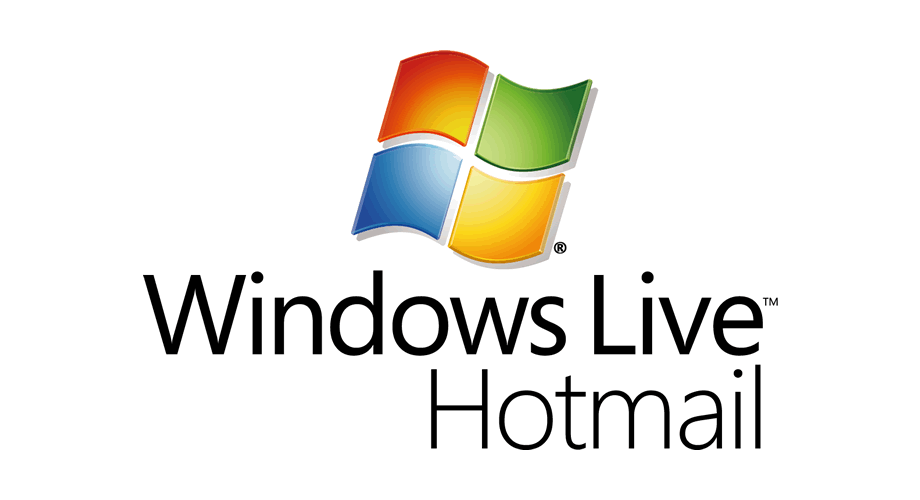
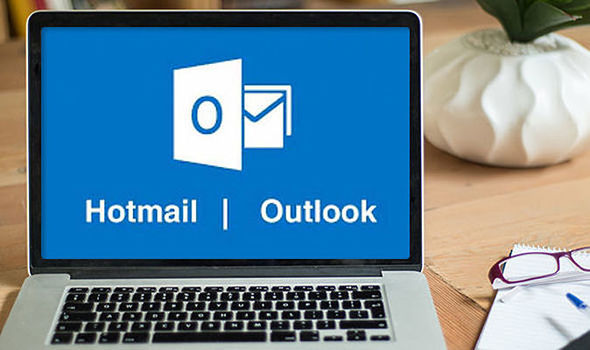
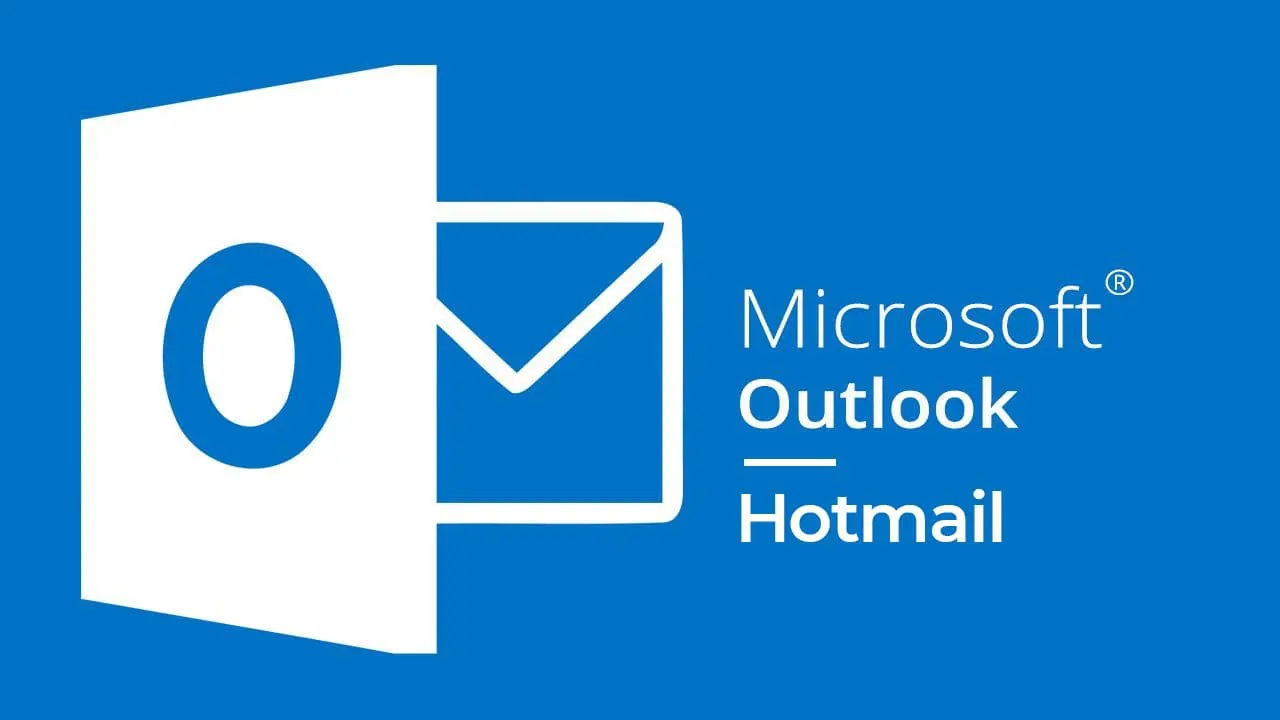
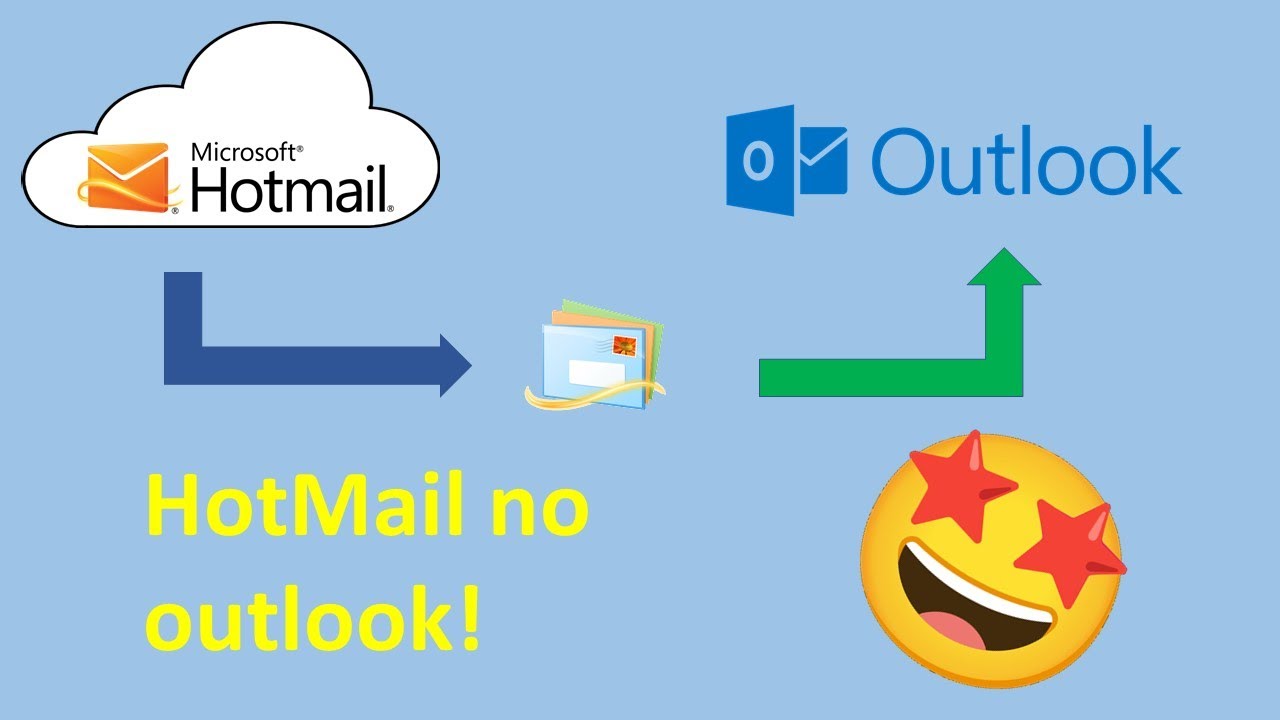

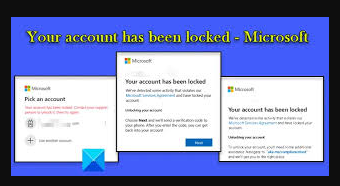


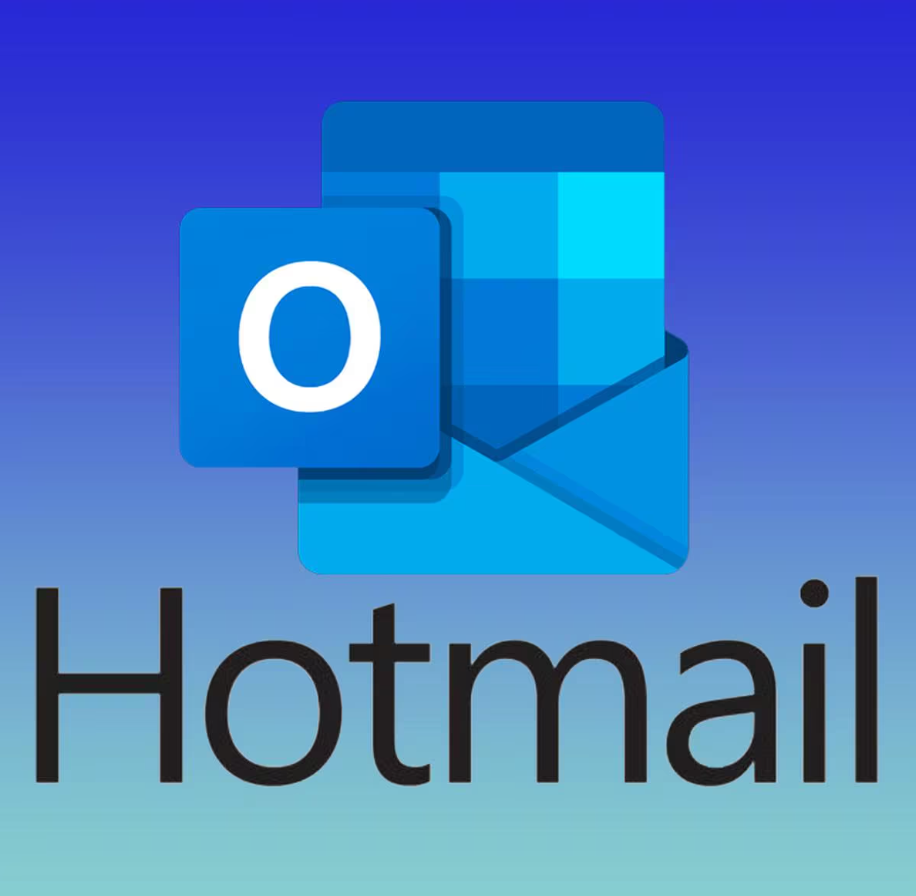



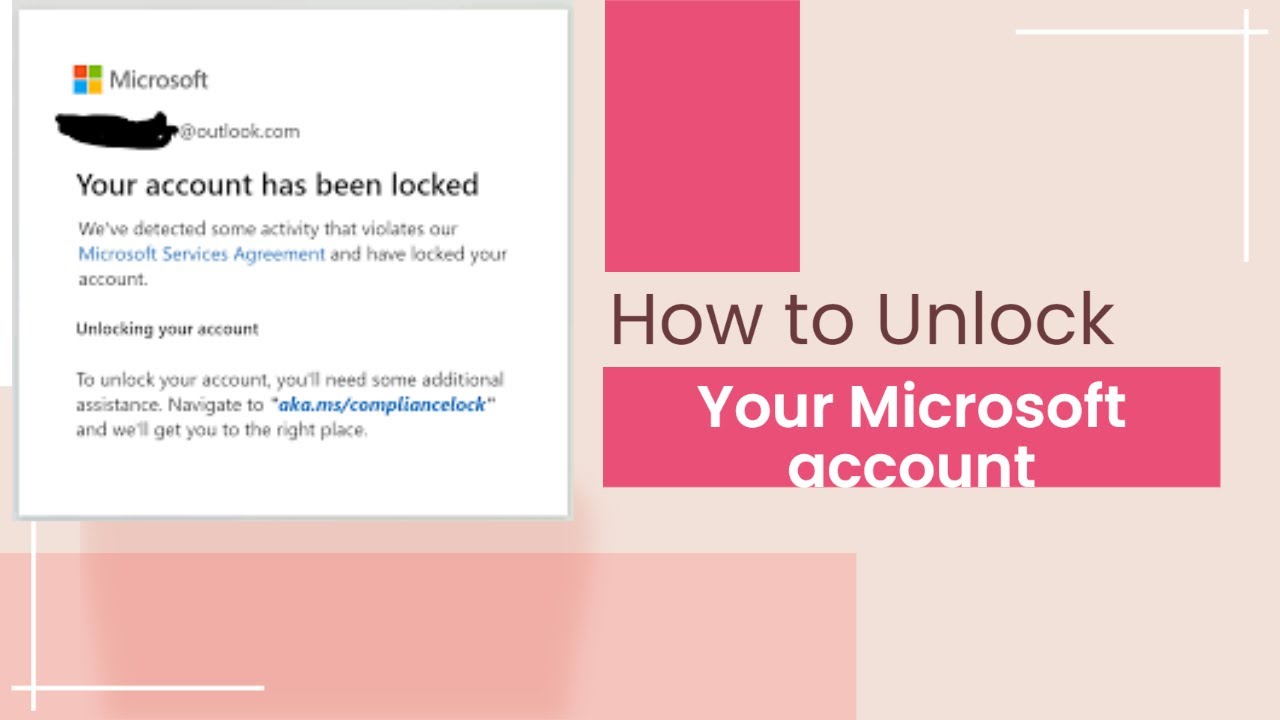
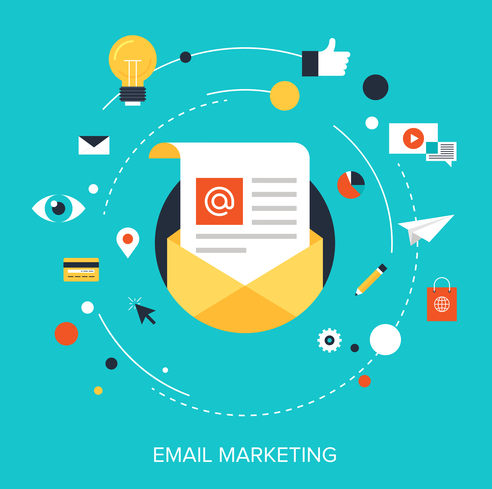
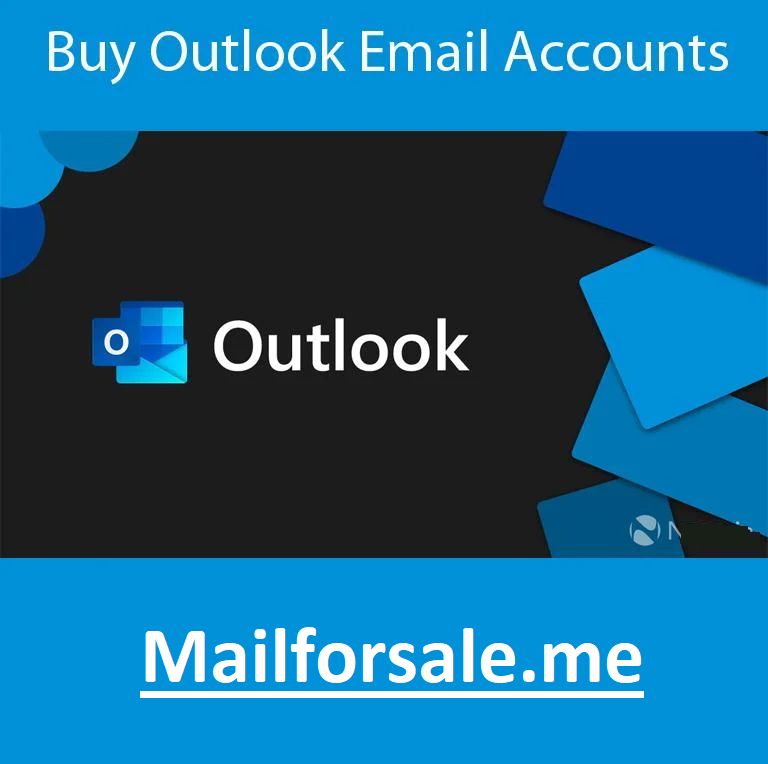
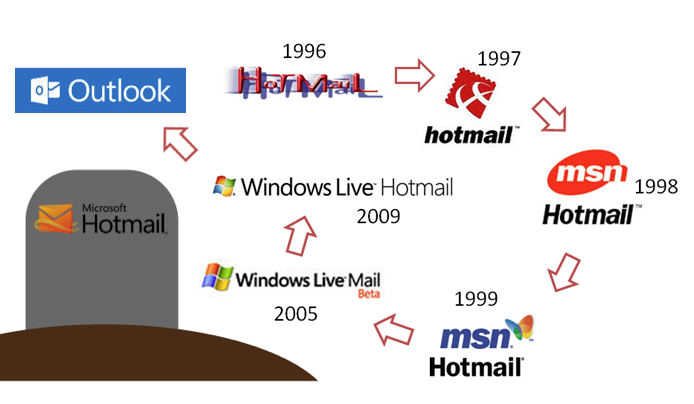
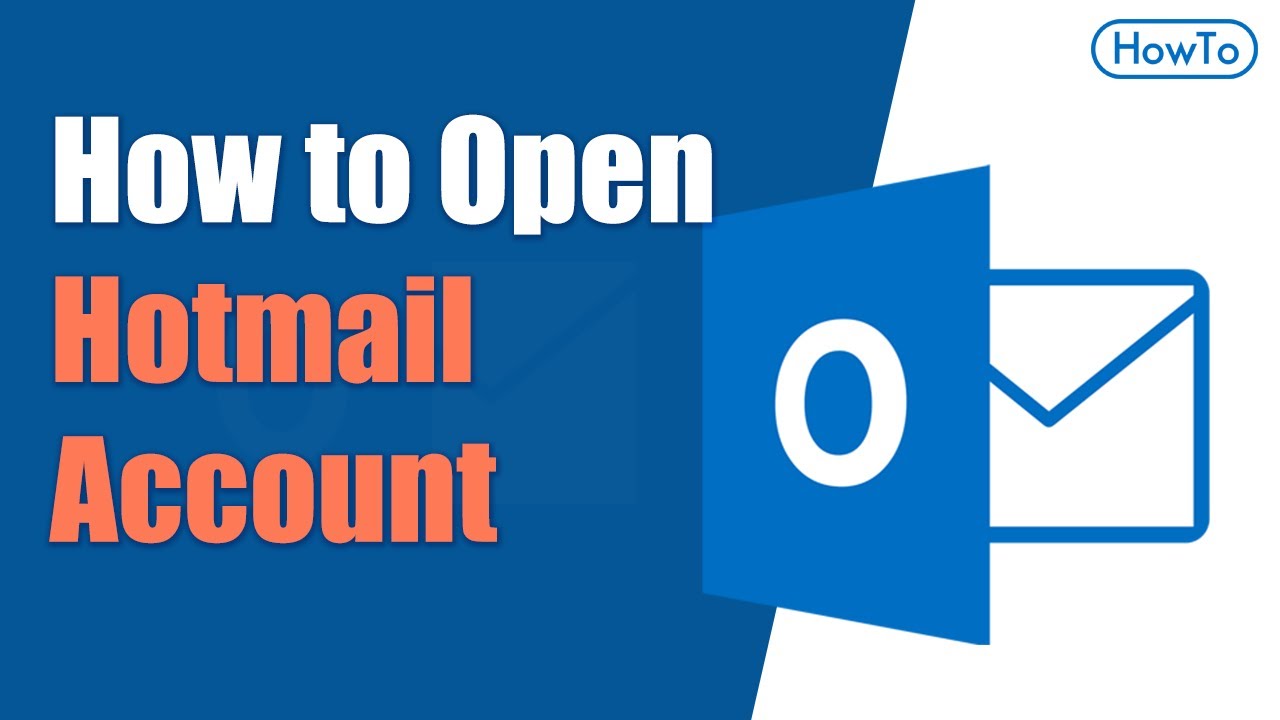
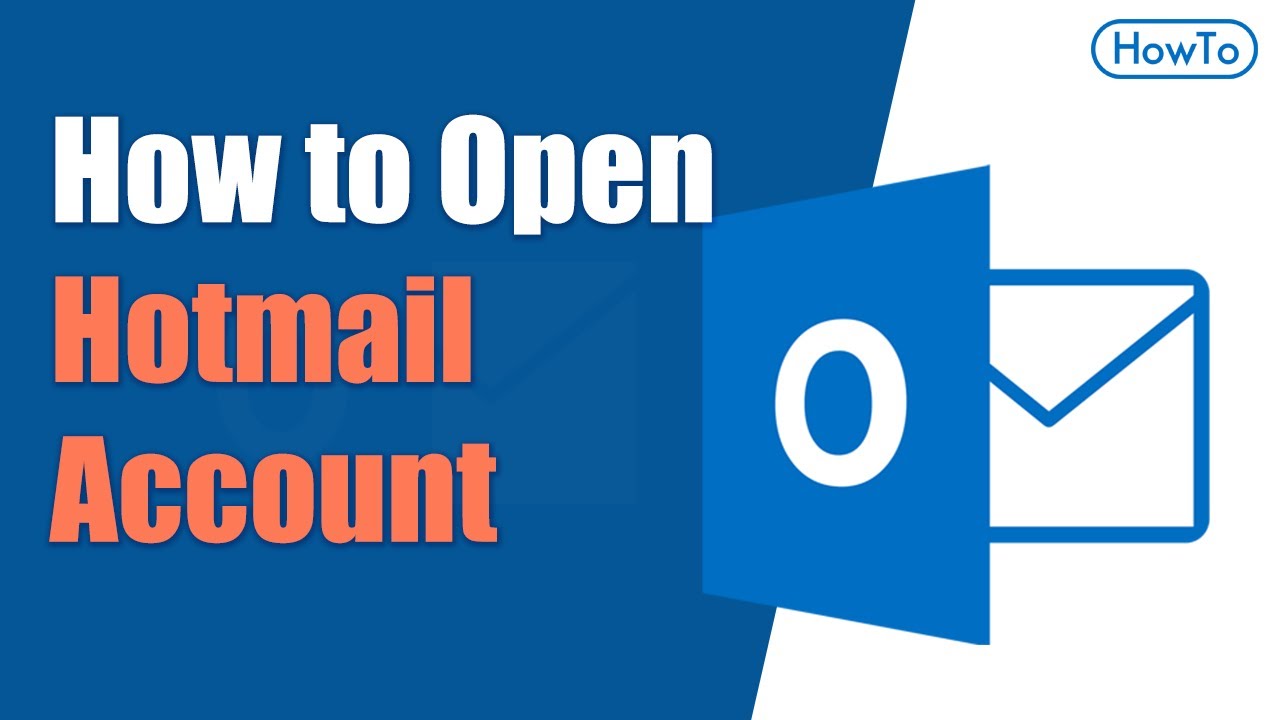
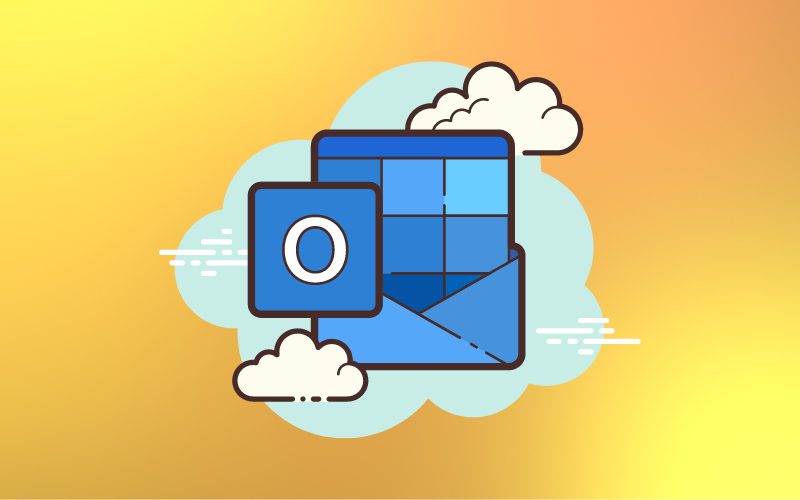


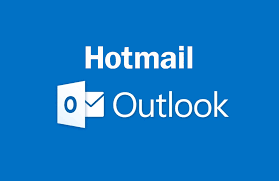
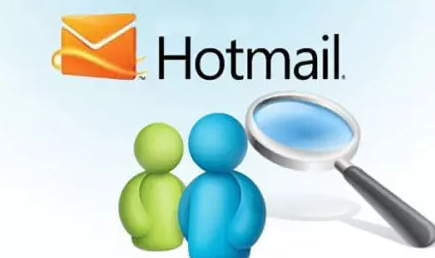


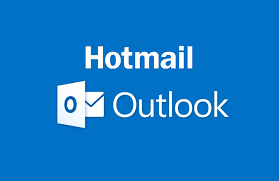



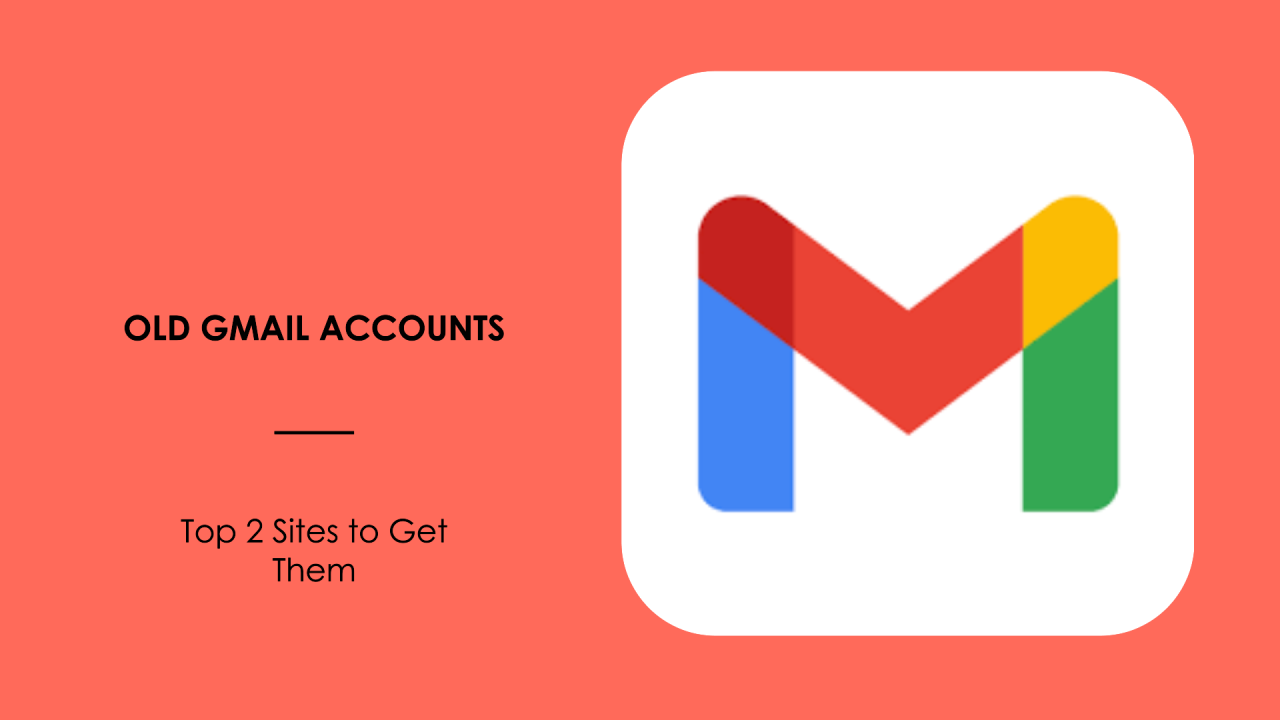

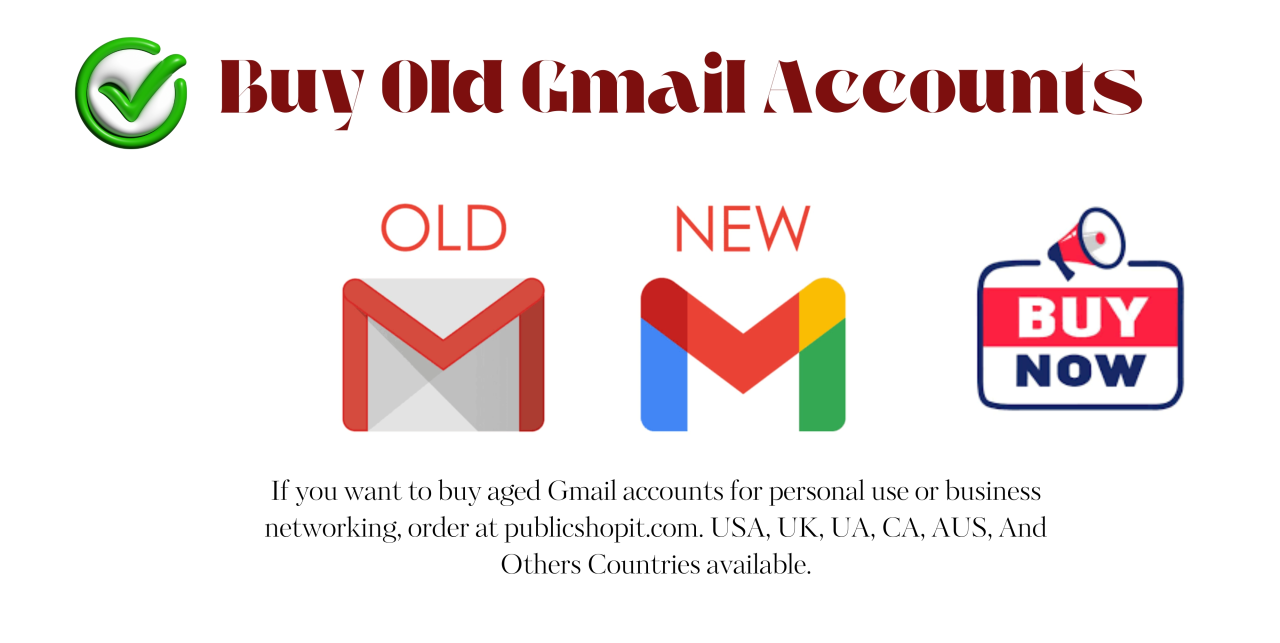
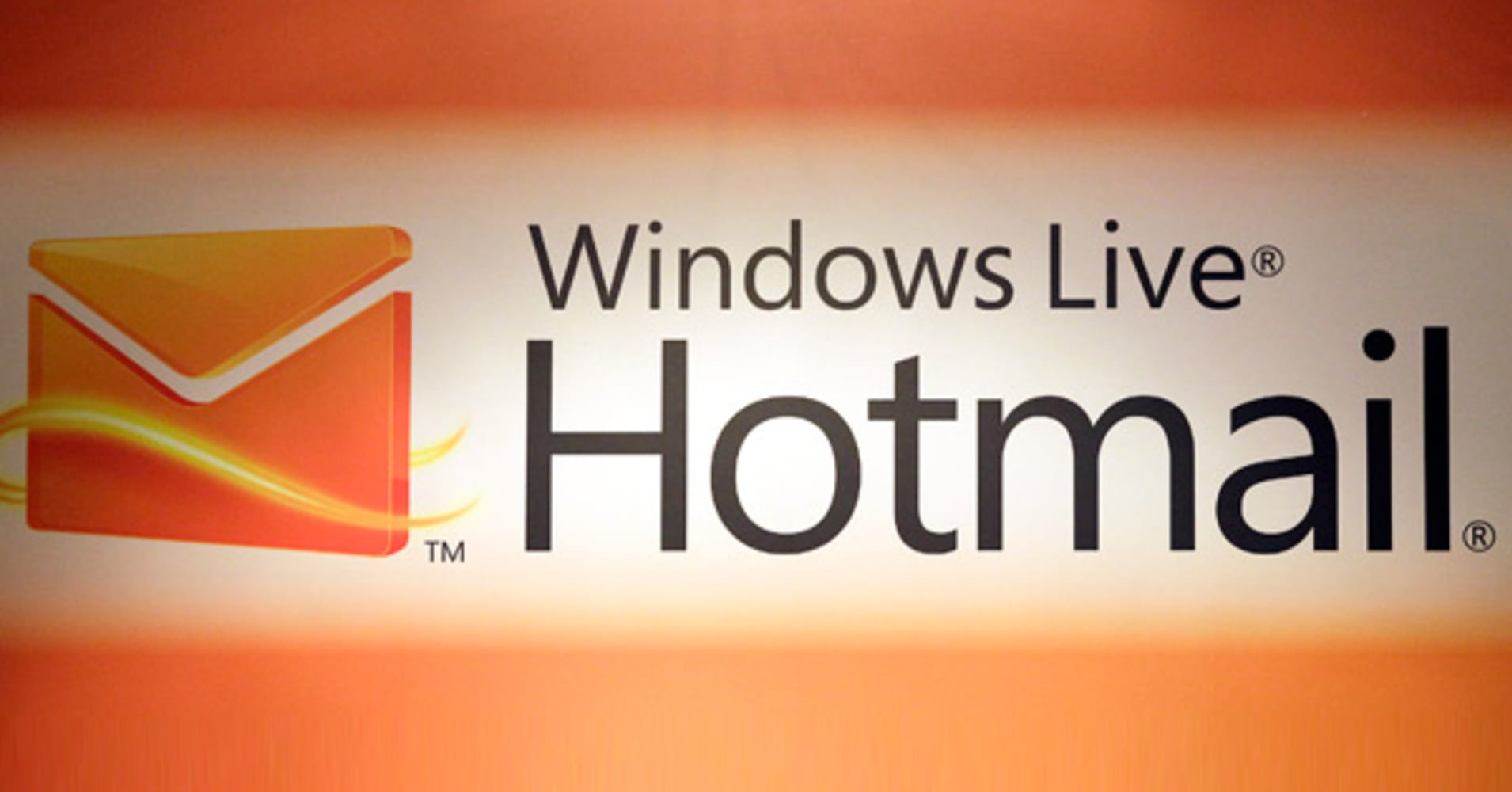
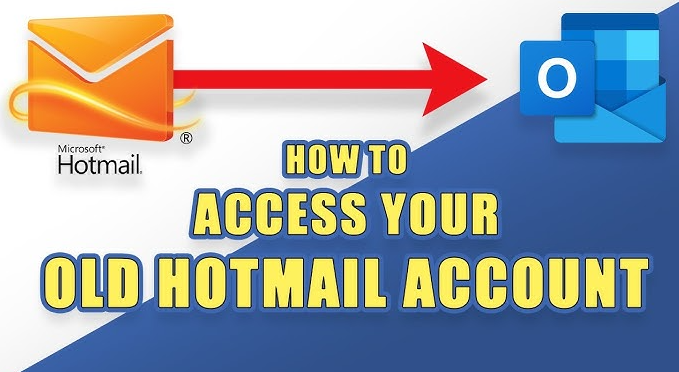
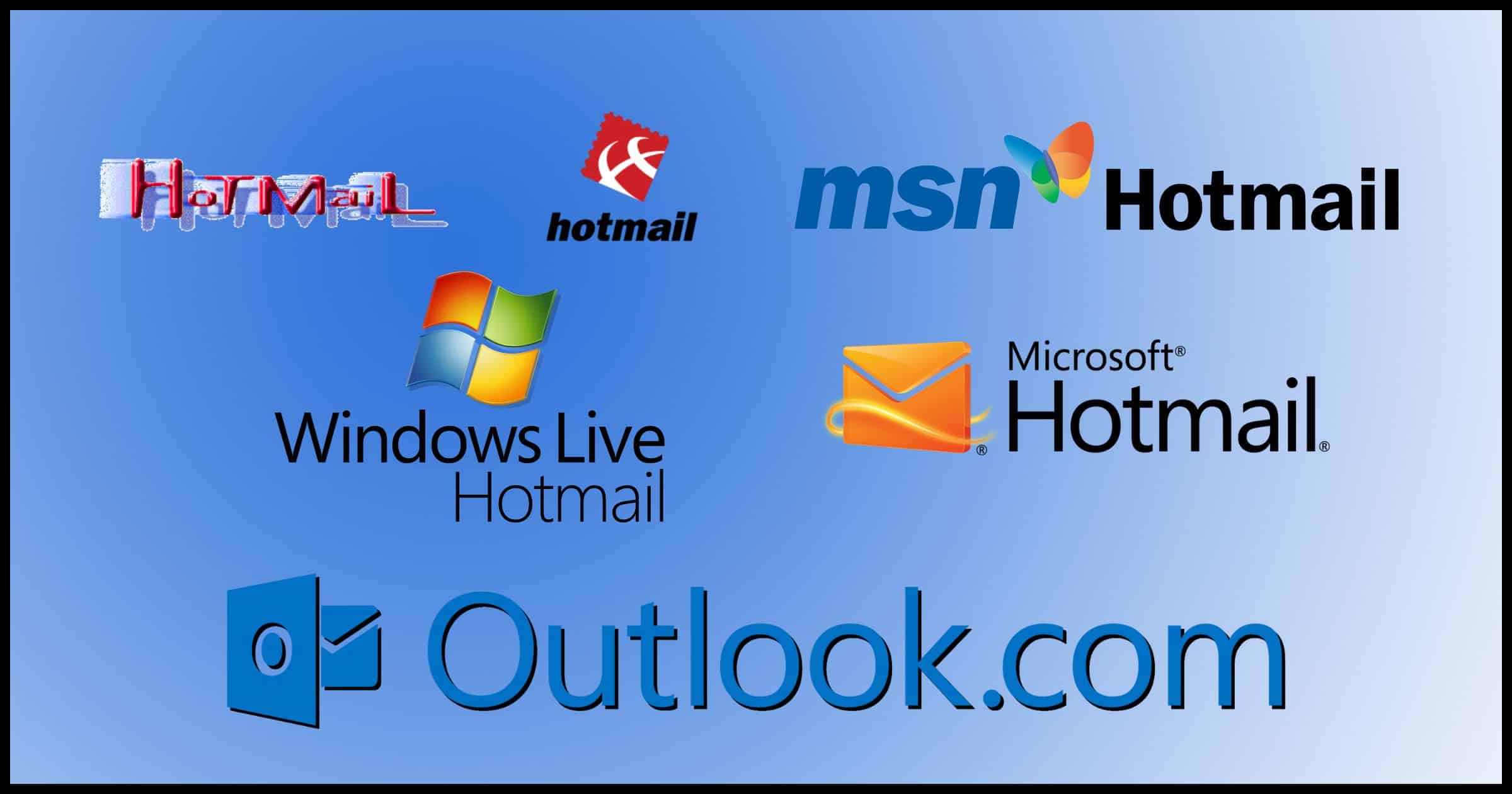
Buy hotmail account | Buy outlook account | Hotmail account for sale | Buy Aged Hotmail Accounts - Buy Old Outlook Accounts | Outlook account for sale | Hotmail - Outlook Email account for sale | Buy email account | Mail For Sale | Mailforsale
- Using email accounts for illegal purposes is strictly prohibited. We are not responsible for any misuse of resources
